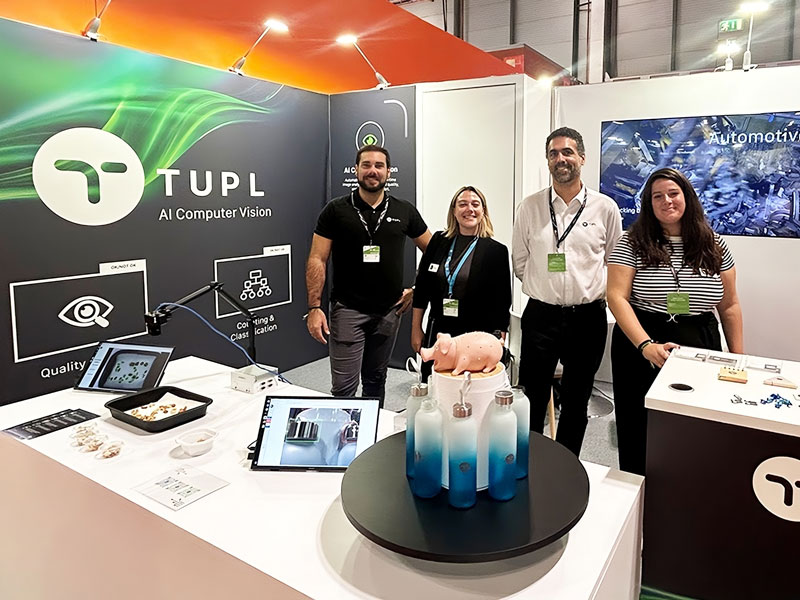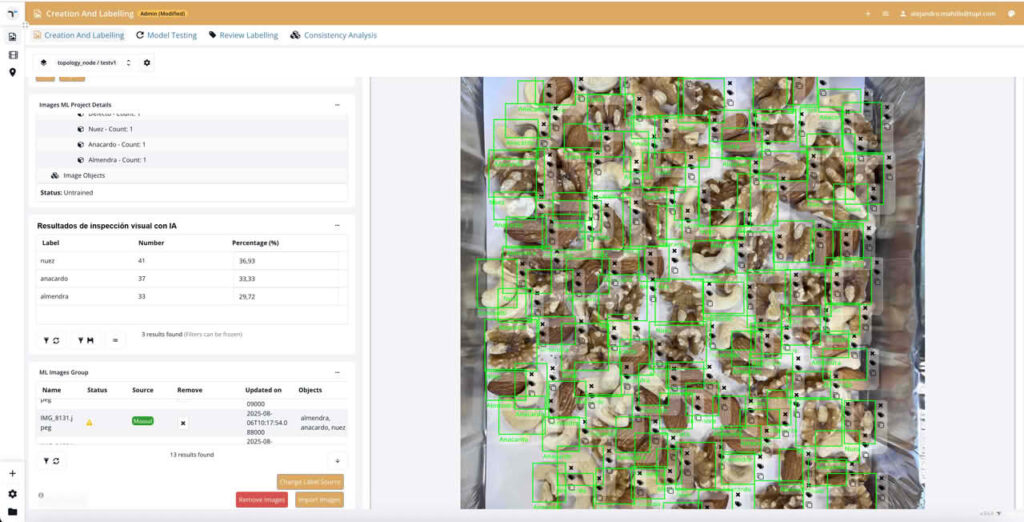
Introduction: The Telecom Industry’s Shift Towards Energy Efficiency
The telecommunications industry is undergoing a crucial transformation as network expansion, 5G rollouts, and data-intensive applications drive energy consumption to unprecedented levels. As operators face increasing operational costs and environmental scrutiny, optimizing energy use has become a top priority. Radio Access Networks (RAN) account for a significant portion of telecom energy consumption, often representing 70% of total power usage. Without proactive measures, energy costs will continue to rise, necessitating innovative solutions that balance sustainability and performance.
Traditional power-saving features (PSFs) available from all leading equipment manufacturers have provided incremental improvements but remain constrained by static configurations and operational inefficiencies. The industry is now turning to Artificial Intelligence (AI) as a game-changing tool for optimizing energy consumption without compromising network quality. AI-driven solutions offer real-time adaptability, dynamic control, and predictive capabilities, enabling operators to achieve energy savings of up to 20% while maintaining seamless connectivity.
Challenges with Current Power-Saving Features
Despite the availability of energy-saving tools in modern telecom networks, several challenges hinder their effectiveness:
- Reliance on Static Configurations – Traditional PSFs operate based on predefined schedules and thresholds, failing to adapt to real-time network conditions. This results in suboptimal energy savings and wasted resources.
- Manual Configuration and Maintenance – Energy optimization often requires engineers to manually analyze traffic data and adjust settings, a time-consuming and error-prone process.
- Multi-Vendor Complexity – Telecom networks incorporate equipment from multiple vendors, each with proprietary energy-saving protocols. This fragmentation limits scalability and hinders cohesive power-saving strategies.
- Quality of Experience (QoE) Concerns – Shutting down network elements during low-traffic periods can negatively impact service quality, increasing latency and reducing signal strength.
- Lack of Predictive Capabilities – Traditional methods are reactive, addressing inefficiencies after they occur rather than proactively anticipating traffic fluctuations and adjusting power use accordingly.
The Role of AI in Achieving Energy Efficiency
AI is reshaping how telecom networks manage energy consumption. Unlike static PSFs, AI-powered systems continuously monitor traffic patterns, environmental conditions, and user behavior to make real-time adjustments. The benefits of AI-driven energy management include:
- Real-Time Optimization – AI dynamically adjusts power settings based on live network conditions, deactivating underutilized cells and reallocating traffic efficiently.
- Predictive Analytics – Machine learning models analyze historical data to forecast demand, allowing networks to preemptively adjust energy consumption.
- Automation – AI enables closed-loop automation, where power-saving actions are executed autonomously, reducing manual workload and human error.
- Interoperability – AI-driven solutions integrate with multi-vendor environments, providing a unified approach to energy optimization across diverse infrastructure.
AI-Enabled Energy-Saving Strategies
- Dynamic Control of Transmitted Power AI algorithms analyze traffic density and user distribution in real-time, adjusting the transmission power of individual cells accordingly. During off-peak hours, AI can place underutilized cells into low-power states while ensuring seamless transitions when demand increases.
- Traffic Steering and Load Balancing AI dynamically redistributes network traffic, consolidating activity into fewer active cells during periods of low demand. This reduces power consumption while maintaining performance levels.
- AI-Driven Automation Layers Traditional vendor-provided PSFs often function in isolation. AI introduces automation layers that unify these features, coordinating energy-saving actions across network layers for maximum efficiency.
- Vendor-Agnostic Energy Optimization AI provides a standardized framework that works across multi-vendor environments, enabling seamless power-saving implementations regardless of the underlying infrastructure.
- Proactive Monitoring and Maintenance AI-powered systems detect anomalies, such as unexpected spikes in energy consumption due to hardware failures, and alert operators before issues escalate.
- Continuous Learning and Improvement AI-driven systems refine their energy-saving strategies over time, adapting to evolving network conditions and technological advancements.
The Tupl Approach to AI-Driven Energy Savings
Tupl’s Power Savings Advisor (PSA) exemplifies how AI can revolutionize telecom energy management. Designed for seamless integration into multi-vendor environments, Tupl PSA employs:
- Cell-Level Optimization – Rather than applying blanket policies, Tupl PSA tailors energy-saving strategies to individual cells based on granular data insights.
- Open and Closed-Loop Operation – Operators can either manually implement AI recommendations (open-loop) or allow PSA to autonomously execute optimizations (closed-loop).
- Advanced Analytics and Benchmarking – PSA continuously measures the effectiveness of power-saving measures, identifying best practices and areas for further efficiency gains.
- Adaptive Monitoring and Response – The system ensures that energy reductions do not degrade network performance or end user quality of experience by continuously monitoring key performance indicators (KPIs).
Real-World Impact and Success Stories
Tupl PSA has delivered substantial energy savings in real-world deployments. Notable examples include:
- Kyivstar Deployment – Achieved an annual energy savings of 9.1 GWh, reducing RAN energy consumption by 25% across targeted sites.
- Multi-Vendor Network Optimization – In a complex multi-vendor environment, Tupl PSA delivered up to 60% energy savings in select cells by optimizing vendor-specific power-saving features.
- Large-Scale AI Deployment – A major telecom operator reduced its RAN energy consumption by 20%, translating into millions of dollars in savings and significant carbon footprint reduction.
Implementation Roadmap for AI-Driven Energy Optimization
To maximize the benefits of AI-driven energy management, telecom operators should follow a structured implementation roadmap:
- Adopt a Holistic AI Framework AI should be integrated across the entire network, not just isolated components, to ensure consistent energy efficiency improvements.
- Build a Strong Data Foundation Accurate, real-time data collection is essential for AI-driven decision-making.
- Leverage Predictive and Proactive Capabilities AI should be used not just for real-time optimization but also for anticipating future demand trends and adjusting energy strategies accordingly.
- Ensure Continuous Improvement Through Feedback Loops AI models should continuously learn from network data, refining strategies over time to adapt to evolving conditions.
- Align AI-Driven Solutions with Sustainability Goals AI should contribute to broader corporate sustainability initiatives, such as carbon neutrality and renewable energy integration.
Conclusion: The Future of AI-Driven Energy Optimization
As telecom networks evolve, AI will become an indispensable tool for energy management. The growing complexity will only amplify the need for intelligent, adaptive solutions. Tupl’s AI-powered PSA demonstrates how operators can achieve substantial cost savings, improve sustainability, and maintain superior network performance. By investing in AI-driven energy management today, telecom operators can future-proof their networks while reinforcing their commitment to efficiency and environmental responsibility.
Explore this content with AI:
Table of Contents
Share this post



